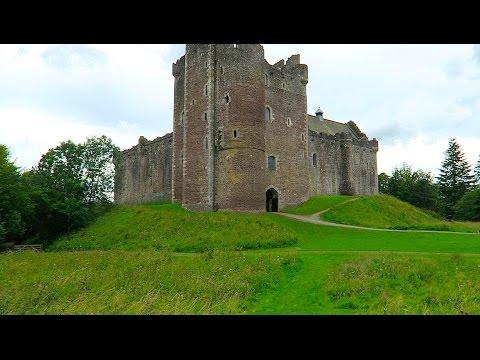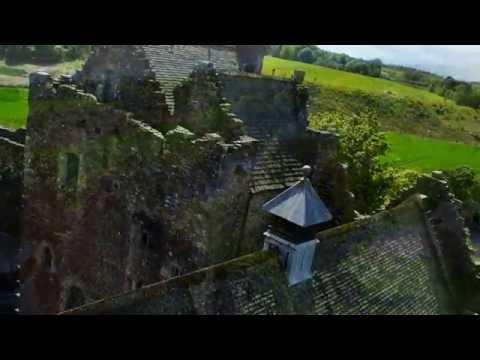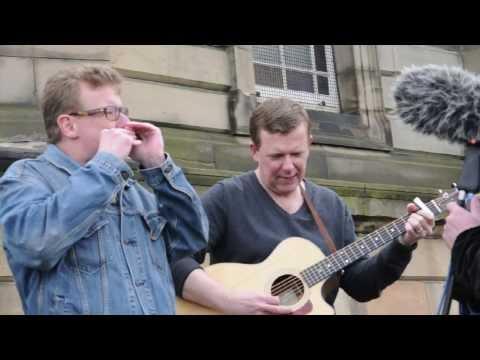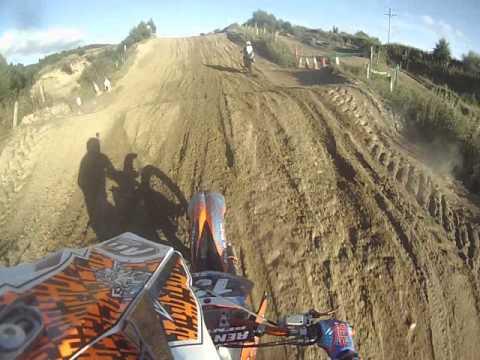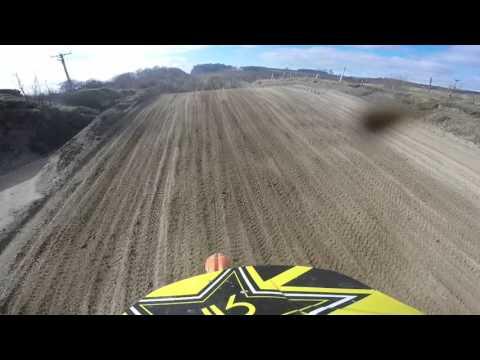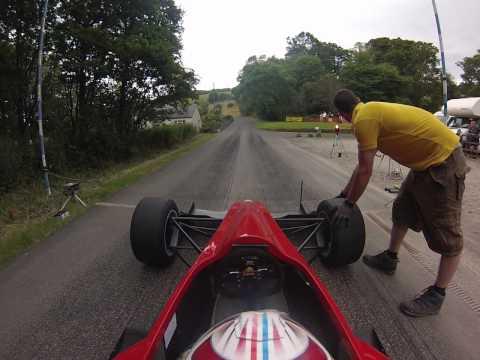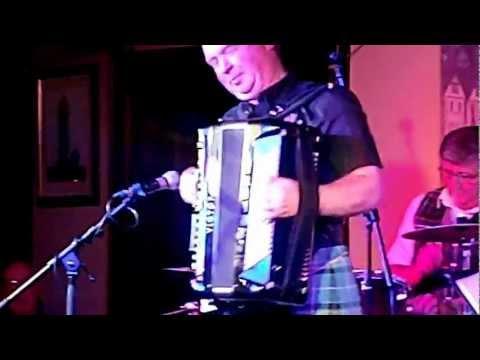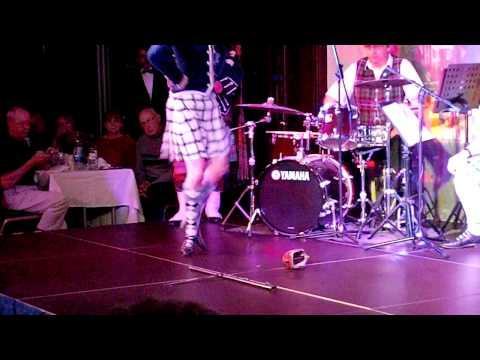Doune Castle (HD Quality)
Description
The village of Doune lies 8 miles NW of Stirling, Scotland.
Doune (Gaelic: An Dùn, 'the fort') is in the district of Stirling, on the River Teith, although geographically, it is within Perthshire.
Doune Castle may look strangely familiar, even to those who have never visited before. It depends on your taste in films: Doune Castle is a place of pilgrimage for Monty Python fans from all over the world who come to see the place where they filmed parts of "Monty Python and the Holy Grail".
It also has other, more traditional, claims to fame. Doune Castle was built at the end of the 1300s for Robert Stewart, Duke of Albany. The exact date of construction is not known and it is believed that the end result is not exactly what was originally planned. But the combination of buildings that emerged met all the military and domestic requirements of a royal castle.
Robert Stewart was also Earl of Menteith and Fife through marriage to Margaret, Countess of Menteith. As the third son of King Robert II and younger brother of Robert III, he became effective ruler of Scotland from 1388 until his death in 1420.
In 1420 governorship of the kingdom passed to Murdoch, Robert Stewart's son. However, his was to be a short reign. In 1424, James I returned from captivity in England and took power. Doune Castle then became a royal retreat and hunting lodge and was used by successive monarchs for more than a century.
In 1570, ownership passed to Sir James Stewart, the first Lord Doune. Later, the title Earl of Moray came to the occupants of the castle through marriage. Doune Castle has belonged to the Earls of Moray ever since.
The castle deteriorated through the 18th century, and by 1800 it was a roofless ruin. It remained so until the 1880s, when George Stuart, 14th Earl of Moray, began repair works. The timber roofs were replaced, and the interiors, including the panelling in the Lord's Hall, were installed. Further repairs were made in 1970. In 1984, the 20th Earl of Moray placed the castle in the care of the nation. It is now looked after by Historic Scotland who continue with restoration work.
Music: Pipe tunes - Mist Covered Mountains, Dark Island, Road to The Isles, Dream Valley of Glendural, The Old Rustic Bridge.
